
Terumasa Ikeda, Error-23, 2023 (C25700P)
Lacquer artist Terumasa Ikeda flew in from Kanazawa, Japan to New York, USA to present his own work at Ippodo Gallery, where the artist's signature raden lacquer artworks were unveiled for the first time overseas. A student of the historical technique, Ikeda does not simply inherit the traditions and themes of old. Assisted by cutting edge equipment such as the laser cutter, the artist's vision is strikingly modern. Whereas scenes of nature and myth dominate raden artworks of the last millennia, Ikeda's motifs and inspirations—including the hadron collider, electric cables, and video game dungeons—comment on the zeitgeist of the Internet era.
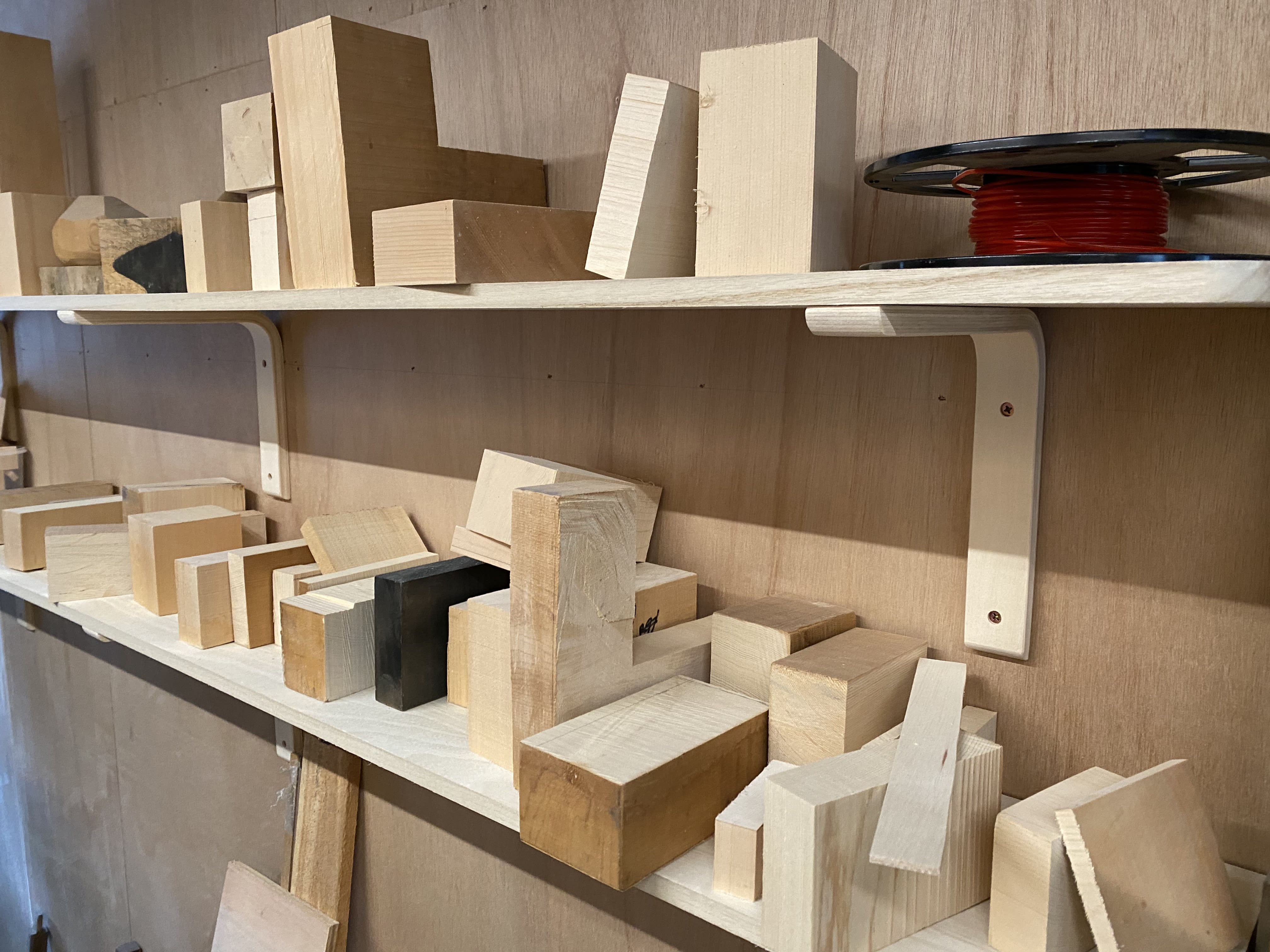
Terumasa Ikeda's Woodshop, Raw Kiso Hinoki Cypress
Ikeda uses kiso hinoki cypress for the wooden base of his objects. He chose this particular type of cypress as he is capable of achieving an impossible thinness, permitting light to permeate the granule. Ikeda was especially drawn to the material type for its renown, as it is said that the Emperor of Japan’s personal lacquer collection is made from the wood.
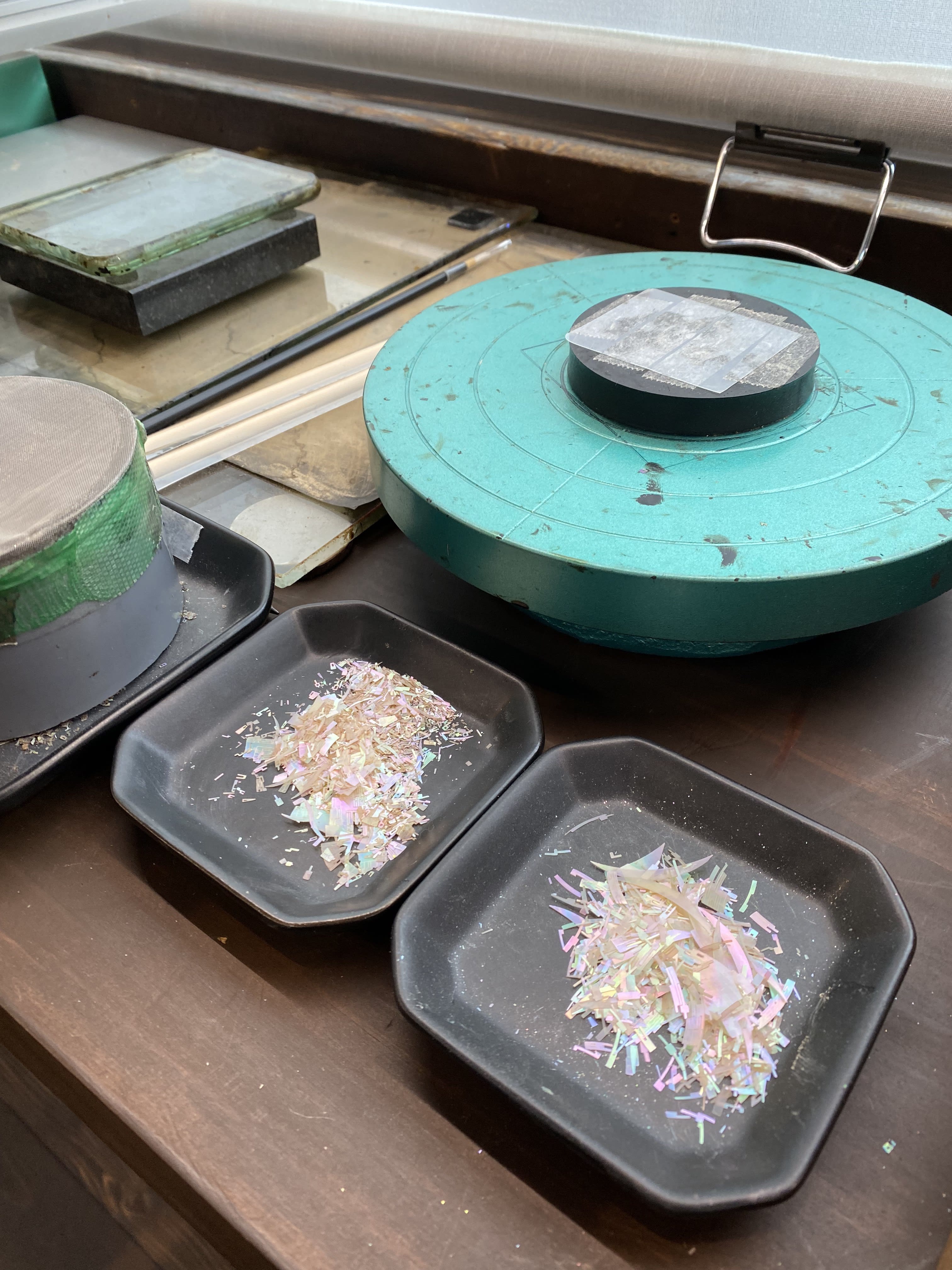
From Terumasa Ikeda's Studio, Various Cut Pearls
The artist uses four variations of mother-of-pearl, each from a unique species of mollusk, to create the illusion of depth and emphasize the radiance of his polishing technique. The middle quality and most common, the abalone mother-of-pearl sets the tone for the entire scene. To stretch the range of brightness, Ikeda adds, randomly, pieces from the green turban snail and black-lipped oyster. These three variants share the same range of color wavelengths at differing levels of luster. The fourth kind is the silver-lipped oyster, used in conjunction with gold leaf.
Video of Terumasa Ikeda’s Inlay Technique
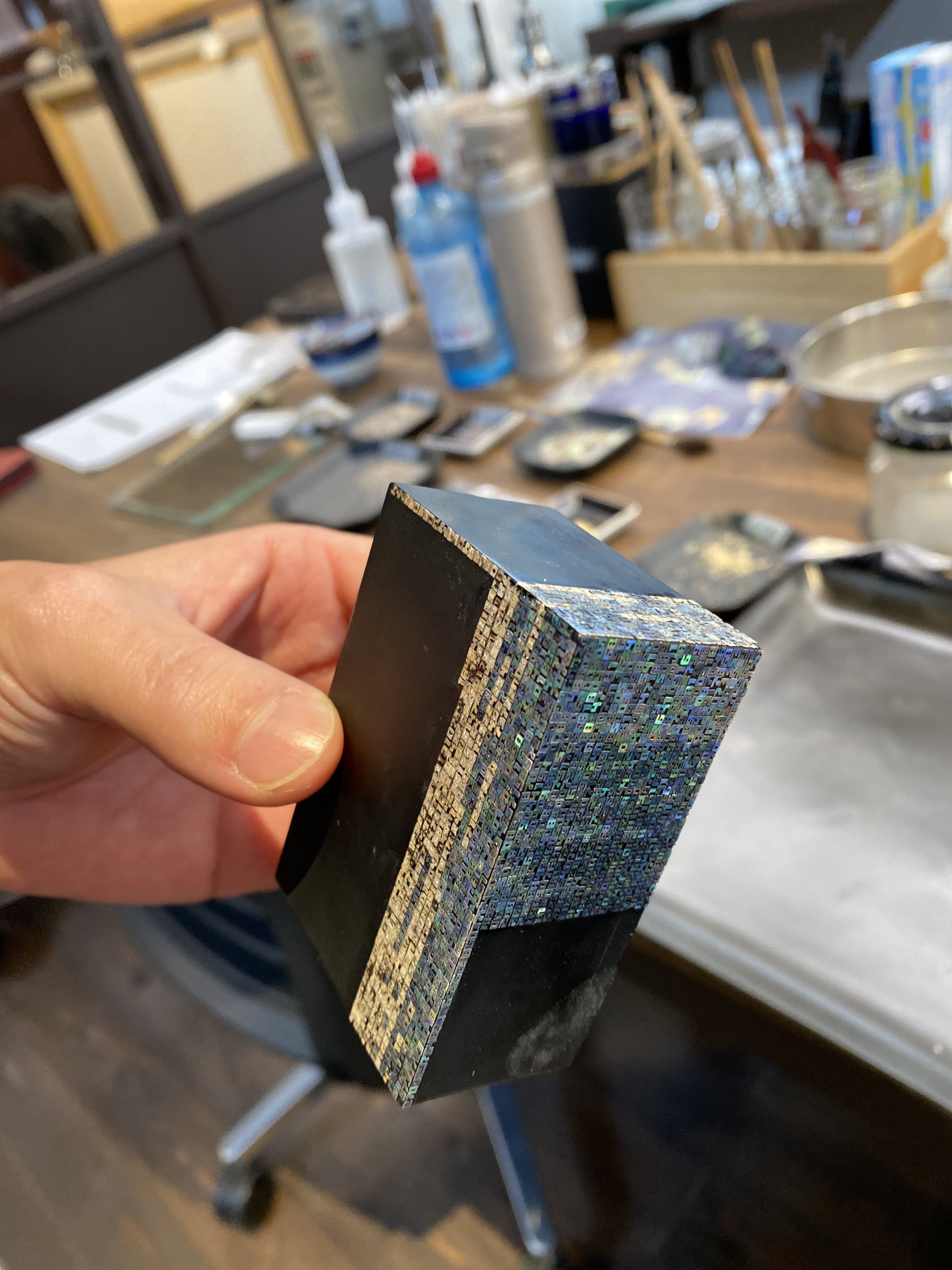
Terumasa Ikeda's Inlay Progression
Once the lacquer film has been applied, there is only a short window to place the decorations before the bonds have set. A highly concentrated process, each hand focuses intensely to inlay the mother-of-pearl for hours at a time. The lacquer must then rest, housed within a specialty temperature-humidity control storage to dry. Piece by piece, the ornamentation envelops the object, until the entire work is clad in a jewel-like sheath.
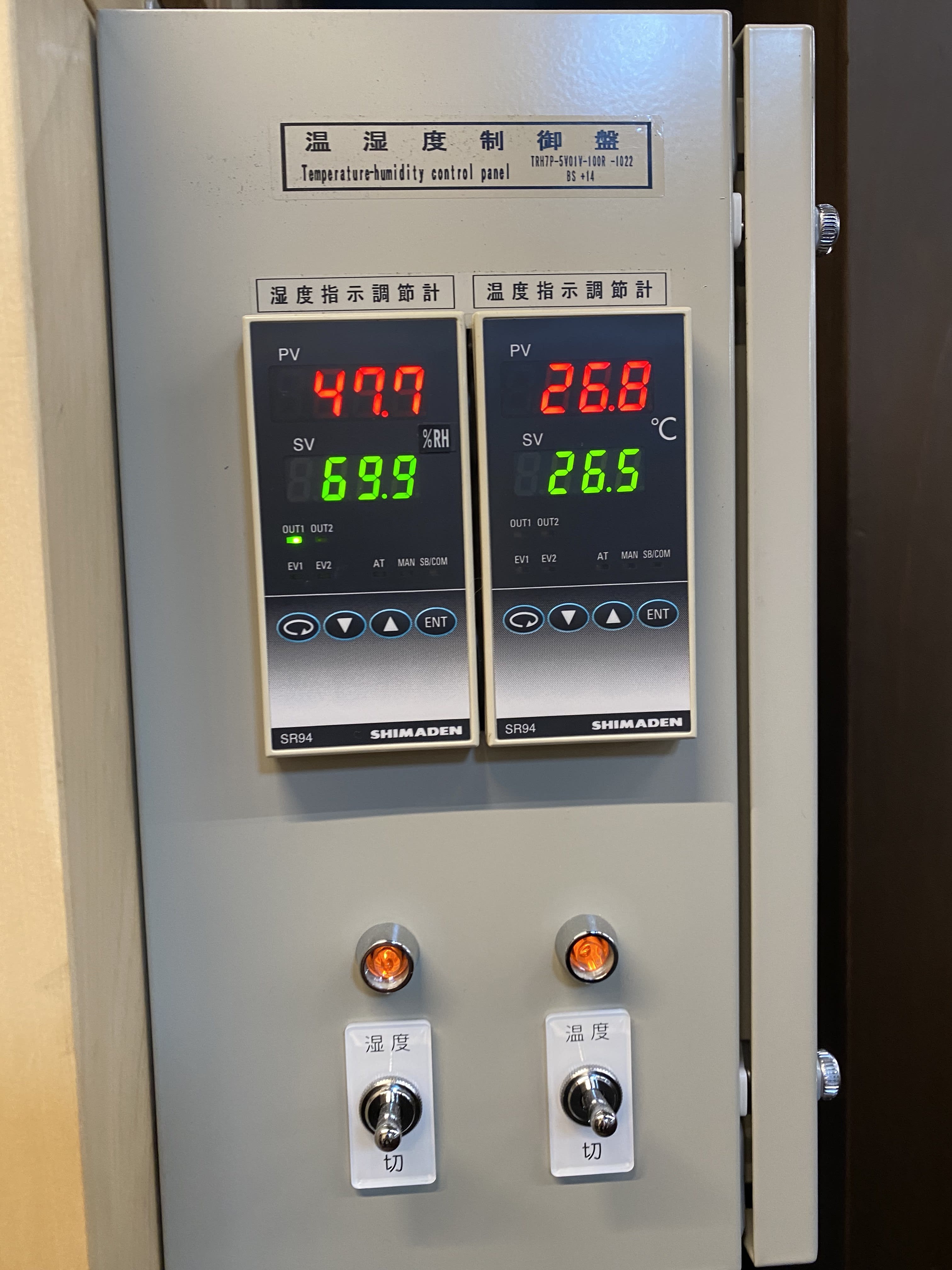
Temperature-Humidity Control Storage

The Iridescent Raden Revealed
Ikeda coats the almost finished artwork with titanium and palm oil and applies charcoal to the surface, gradually shaving away the excess pearl down to 0.05mm. The final surface is a single glossy plane, impossibly thin pearl integrated perfectly with the flat lacquer façade.
Example of Terumasa Ikeda Hand-Polishing
The polished surfaces, built from uncountable layers of urushi lacquer, have a sense of depth and infinity, made even more profound by the pitch-black color. The thin layer of nacre is set off against the darkness, creating an iridescent effect that mimics electornic screens. Terumasa Ikeda has taken an age-old technique and adapted his methods and imagination to seamlessly transition raden out from its antiquated roots and firmly into the high-tech future.
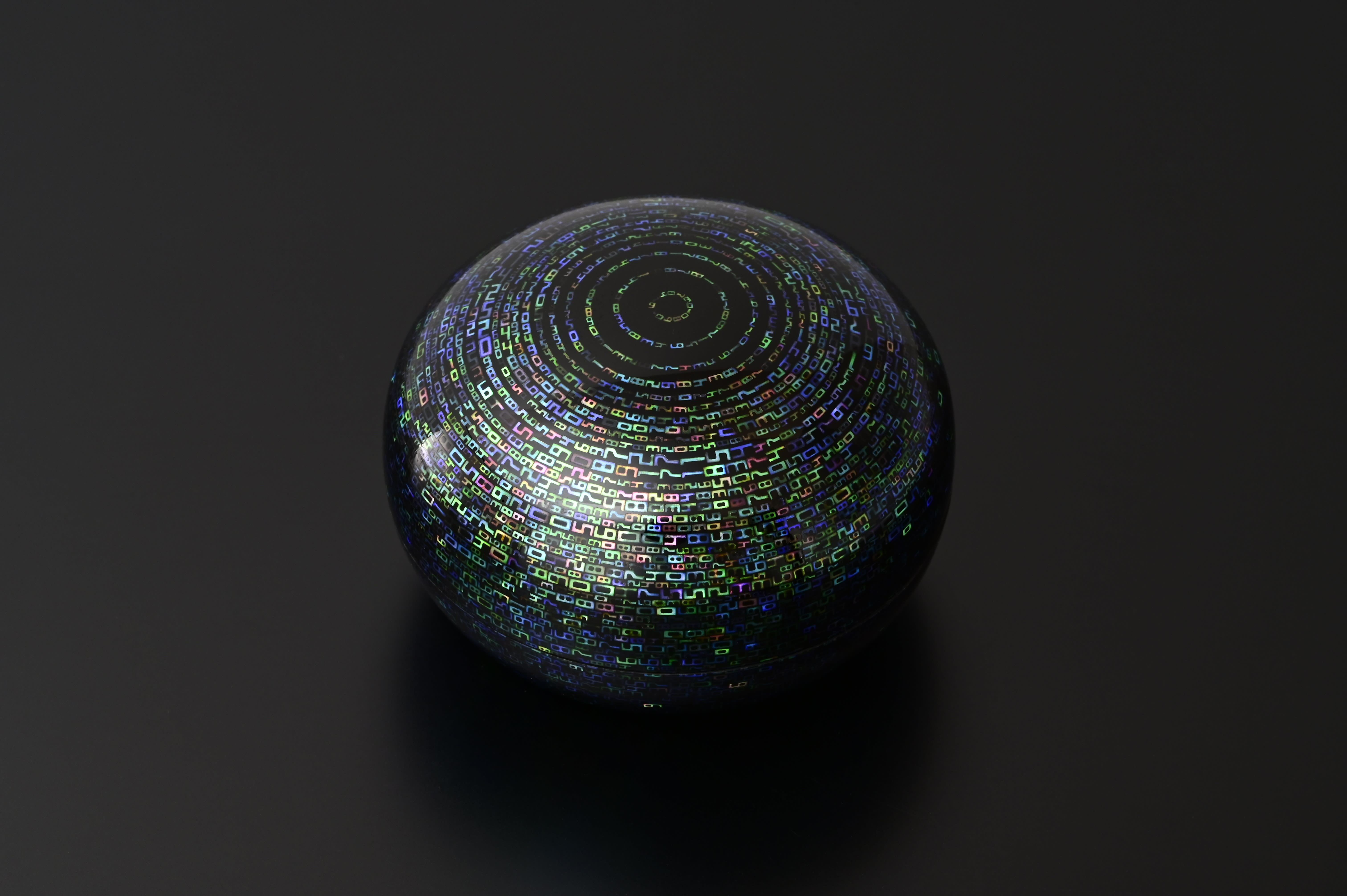
Terumasa Ikeda, Iris, 2023 (C25695P)